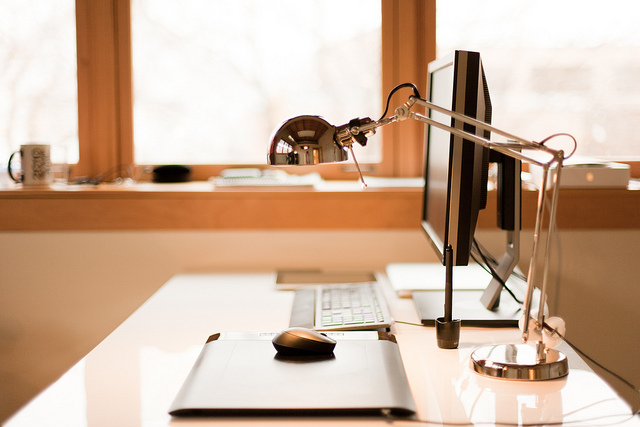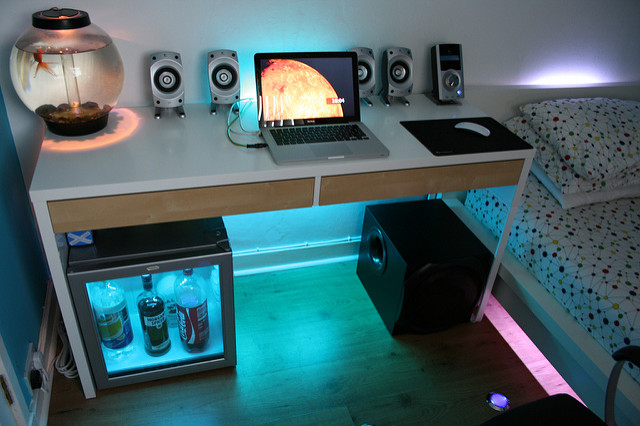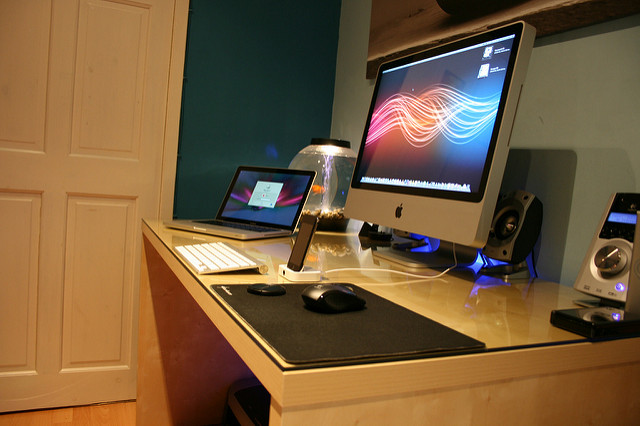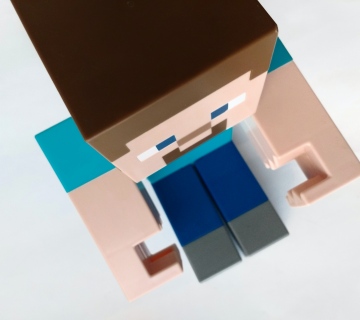Studying feels like a chore most of the time. Every little thing that you can do to make that process a bit easier is welcome. One of the most important things you can do is to create the right environment, in which you will get the job done. This can boost your concentration and the ability to learn. There are many things you can do to improve your surrounding and make it more suitable for studying. Below are a few tips on how to do so.
- When learning, you should feel comfortable, but not too comfortable. When studying at home, there is a risk of getting too relaxed. For example, if you’re working from bed, surrounded by cushions, there’s a big chance that you’ll take a little nap from time to time and everything you’ve learned so far will become blurry.
- It’s a good idea to have a place specifically designed for studying, because other locations may be overly distracting. A library may be a perfect choice, but if you choose to stay at home, create a neat study corner and use it only for this purpose.
- In order to adjust the entire studying process to your needs, you need to know your work habits first. Also, pay attention to the people who make you more or less productive. If you prefer studying on your own, feel free to use a “don’t disturb” sign, otherwise you can create a study group of two to four persons (a group bigger than that might be counterproductive).
- Quiet and relaxing music can help you mask the background noise and create associations that can help you remember the study material better.

Let’s Lighten Things Up
It’s hard to stay focused if you have to strain your eyes in poor lightning conditions or get blinded by overly bright light. It may not seem like that at first, but an appropriate lighting scheme can be an essential part of successful studying. Dim lights can cause headaches and a bad posture.
Lighting can also influence our mood, it can also affect our cognitive abilities, like the ability to learn and remember. In a study from 2010, pupils were tested in various lighting settings which were expected to produce a stimulating or a relaxing environment. The results suggest that lighting can have an impact on our concentration and behavior.
Create a Bright Atmosphere
In a process of creating a proper lighting scheme, first you need to choose a suitable light source. In general, a 40- to 60-watt bulb is used for reading and writing, while a 60-watt one is good for working on a computer. When it comes to some more demanding tasks that require a certain level of precision, a 60- to 80-watt bulb is an optimal choice. When choosing the right bulb, avoid those that emit harsh light and pick the one with a softer tone, advise the guys at IndustraLight.

- General or ambient light is good for providing a pleasant atmosphere in a room, but it’s not the best choice for studying.
- Task light illuminates only a specific area and is, therefore, the best choice for reading, writing or using a computer. A good example is the desk lamp, which should be flexible and adjustable to your needs. A dimmer switch is preferable on it so you can manually adjust the amount of light you need. The position of the lamp is also very important: in order to avoid shadows, place the lamp on the opposite side of the hand you’re writing with.
- Night light is a good solution if you want to read before you go to sleep and not disturb anyone near you. It’s preferable to use a spotlight, since that way the light will stay focused and won’t illuminate the entire room.
Learning the importance of appropriate lighting can help you significantly in the studying process or any other work as well.



